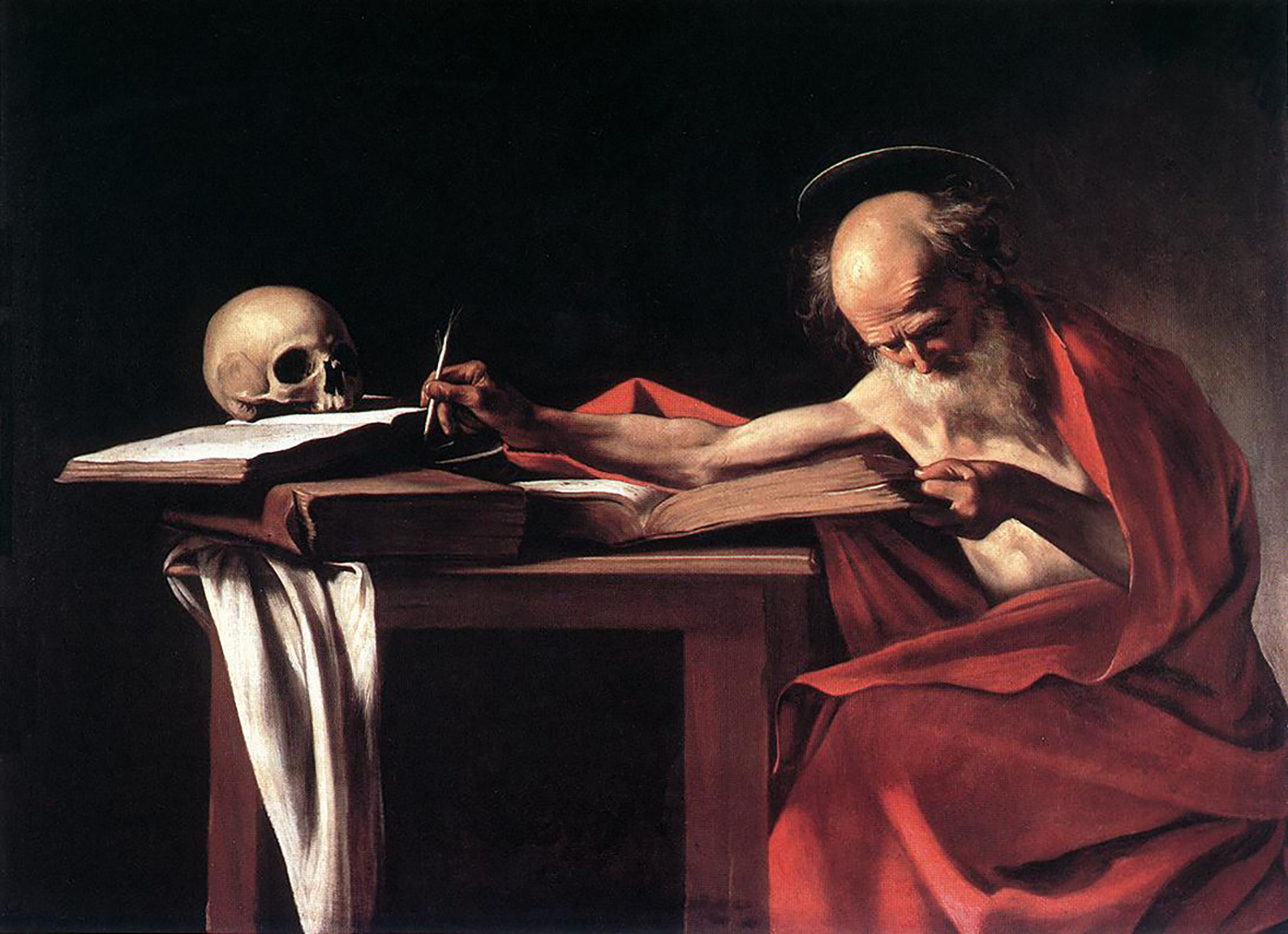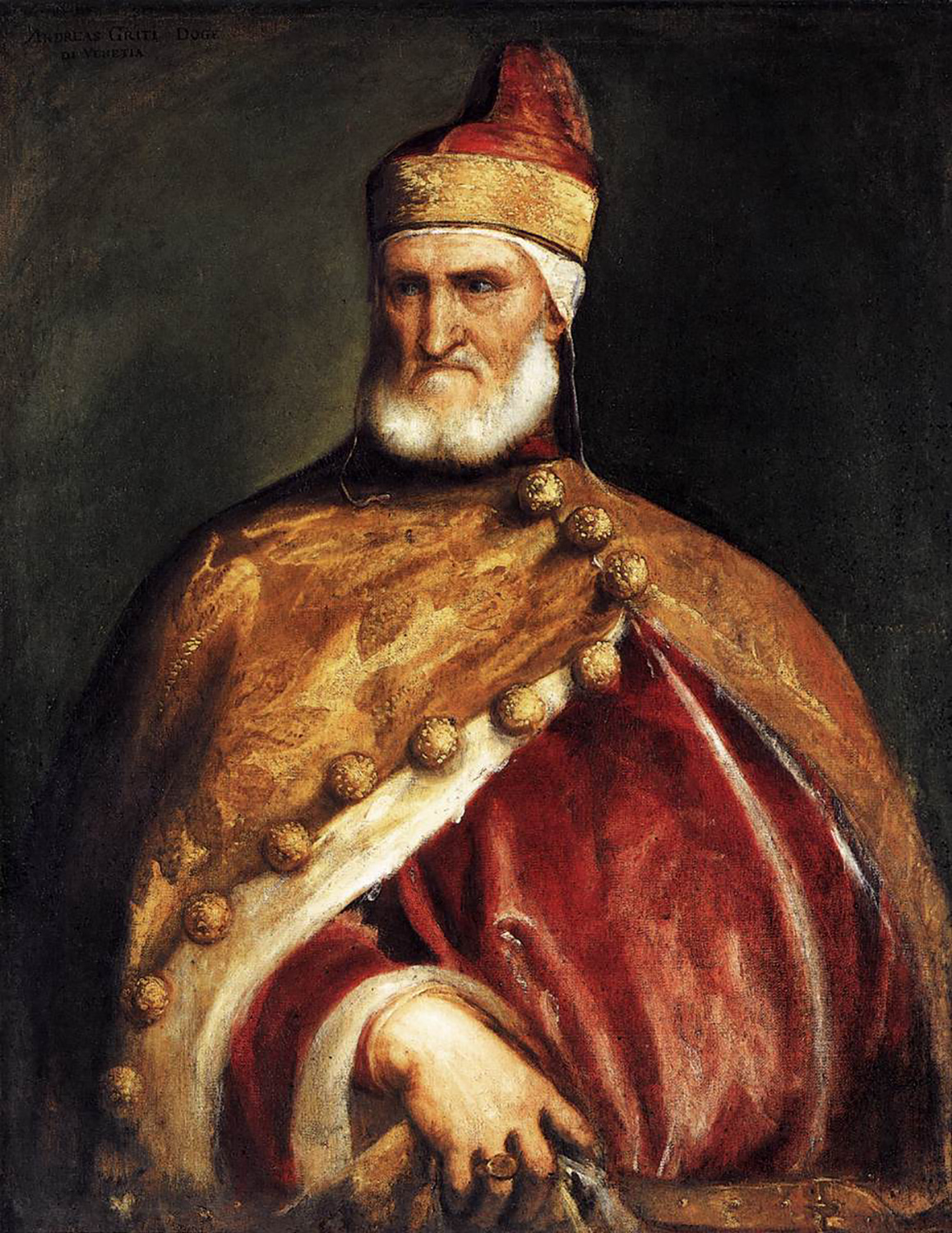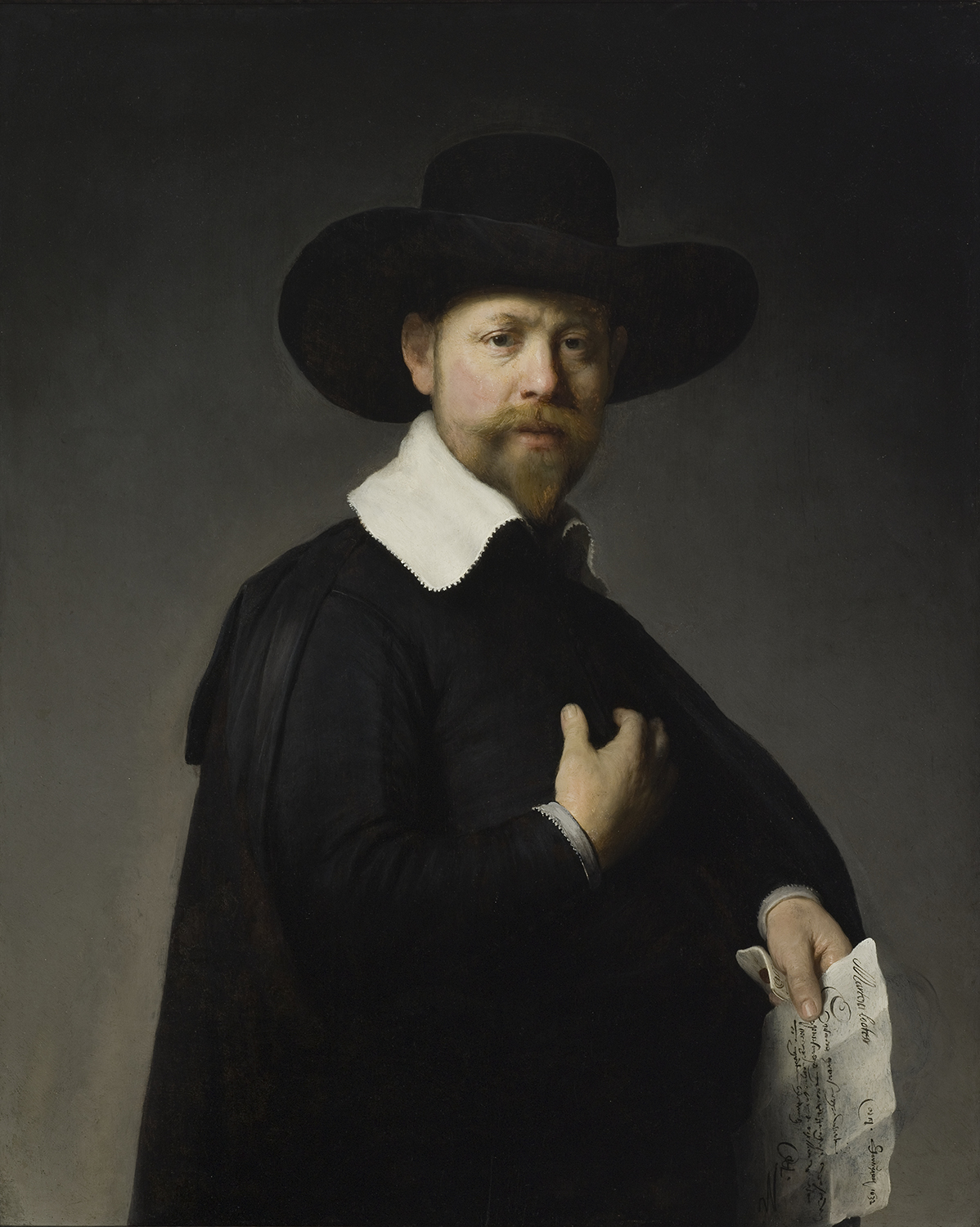
Have you ever heard someone talk about Rembrandt lighting or classical portrait lighting and wondered, “What are they talking about?” Don’t worry. The origins of Rembrandt are rarely discussed in photography.
Rembrandt was not the inventor. It actually came before him; so let’s look into its real origins.
Rembrandt lighting actually precedes the Dutch artist Rembrandt van Rijn, who it is named after. The Italians were the first to experiment with various lighting schemes in the 1500s. As art emerged from the Gothic period, the Renaissance artists brought perspective and lighting to painting.

Unlike their Gothic forefathers who relied on gold leaf backgrounds and figures that look like cardboard cut outs, artists like Giovanni Bellini, Titian and later Caravaggio, brought a style of lighting that gave the illusion of the third dimension to the subjects’ faces and bodies.

Prior to their innovations, most commission portraits were fully lit from the front. The paintings look very similar to how our news channels are filmed today. Both sides of the sitters face were equally illuminated. The shadows were under the nose and chin … what photography would later call “Butterfly lighting,” but more on that another day.

The term Rembrandt lighting is relatively new. Originally, it was coined by 20th century filmmaker, Cecile B. DeMille, when he produced a film called, Warrens of Virginia. As the story goes, he borrowed some spot lights to recreate a lighting scheme that had the actors’ faces half lit. When the producer doubted that audiences would pay full price for half-lighting, DeMille called it “Rembrandt lighting” and they joked that audiences should pay double.
Unlike their Gothic forefathers who relied on gold leaf backgrounds and figures that look like cardboard cut outs, artists like Giovanni Bellini, Titian and later Caravaggio, brought a style of lighting that gave the illusion of the 3rd dimension to the subject’s faces and bodies.


As patrons and artists pushed into new territory, the ability to create lifelike lighting became very popular in the 1500s. One of the early pioneers was Venetian artists, like Bellini and Titian. Their portraits were all the rage in the Italian and Spanish courts. Later in Titian’s career you will find a number of portraits where the subjects have a light side of the face and a dark side of the face. The give away for Rembrandt lighting is that, on the dark side of the face, there is a triangle of light under the eye. This is because the main light source is above the sitter and slightly in front of them.
Think of Rembrandt lighting as a right of passage for photographers. It is the final exam of lighting. If you can do this, you can figure out any lighting scheme in the world. Why do we use it? Because every photograph we take has two characteristics: they are flat and they are still. So if we want to make pictures that feel alive and 3D, we have to bring skill into the equation.

If you want to make something 3D, it needs a mixture of light and shadow to articulate the shape. Rembrandt lighting allows the sitter to have the full range of lighting options on the face. Properly done Rembrandt lighting will have:
• Highlights
• Midtones
• A Core of the Shadow (this is the darkest part of the shadow)
• Reflected Light
If you combine all of these properly, the person’s face will feel round and volumetric. Job well done. While Rembrandt did not invent his own lighting scheme, he did use it successfully for his entire career. It is a solid tool that every photographer can use no matter what type of work they do. If you are a journalist, you can find it or if you are an artist you can make it. Either way, it will never let you down.
If you want to make something 3D, it needs a mixture of light and shadow to articulate the shape.